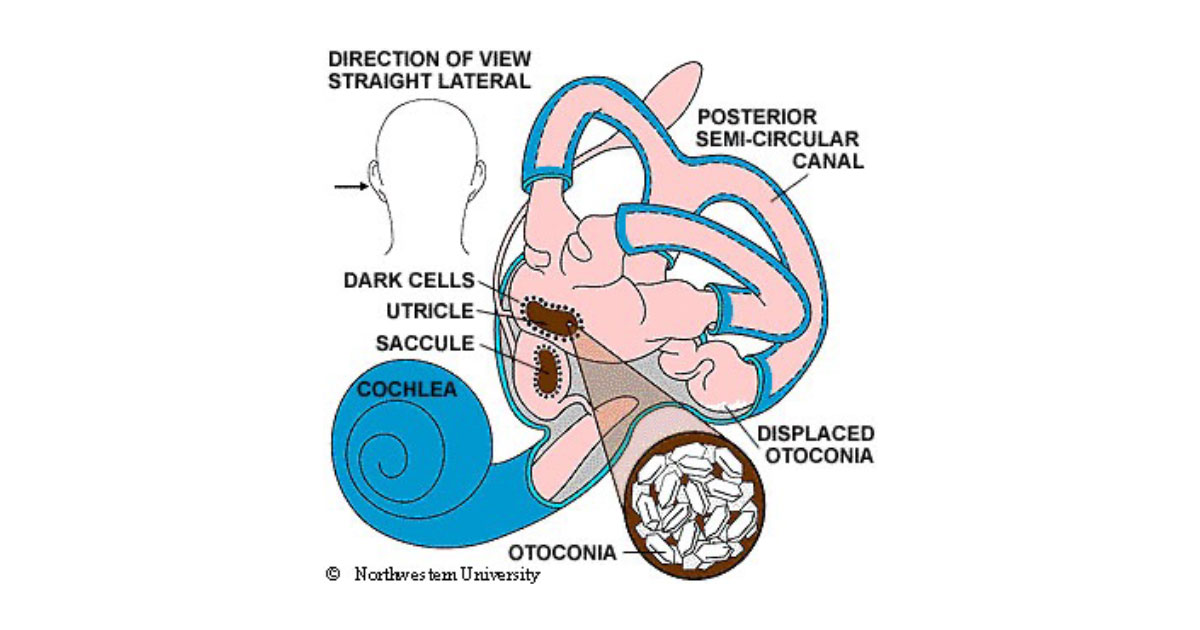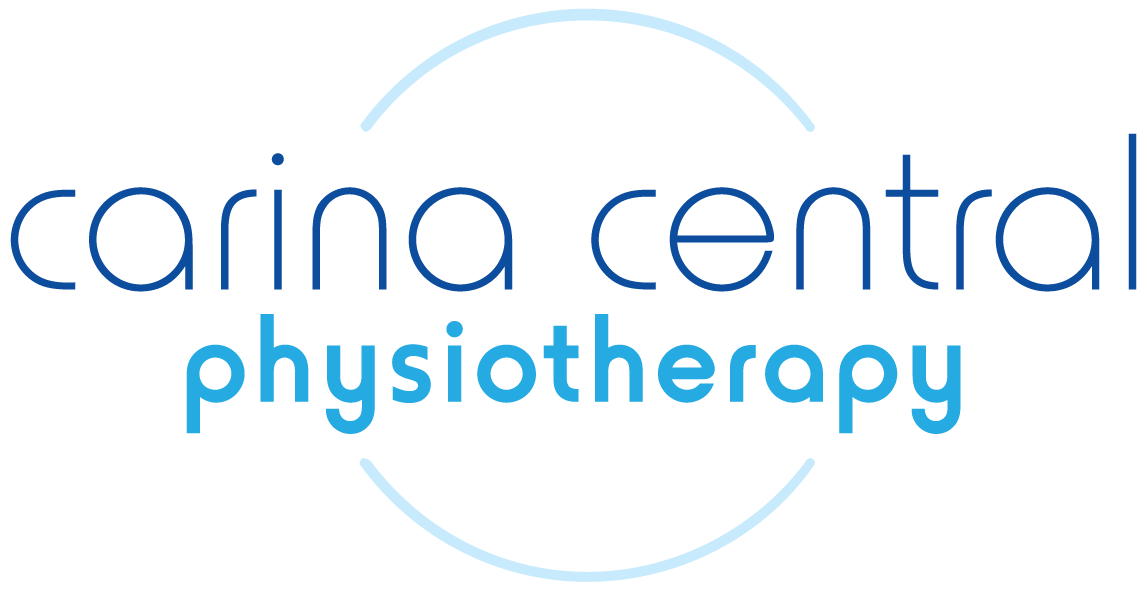
Benign Paroxysmal Positional Vertigo
By Jennie Wong
Musculoskeletal Physiotherapist, APAM.
Jennie has completed additional vestibular training and has experience in BPPV assessment and treatment.
Benign paroxysmal positional vertigo (BPPV) is a condition characterised by episodes of sudden vertigo (dizziness, room spinning) when your head changes position in relation to gravity. Commonly when rolling in bed, getting into bed, bending down and looking up.
In the inner ear we have balance organs called the otoliths (utricle and saccule) and three semicircular canals. When your head moves, signals from these canals provide information to the brain about how your head is moving.
BPPV is caused when the calcium carbonate crystals (otoconia) which usually sit inside the utricle become dislodged and float into the semicircular canals. As the head moves, these crystals then create false signals within the canals which can cause vertigo.
Signs and Symptoms
Potential signs and symptoms of BPPV:
- Intermittent bouts of vertigo that is usually short-lived (<30 seconds)
- Vertigo often experienced as the room is spinning
- Triggered by specific movements of the head, e.g. rolling in bed or looking up
- Mild or no symptoms when your head is still
- Nausea +/- vomiting
- No associated hearing loss or neurological signs
Causes
For most people, the exact cause of BPPV is unknown. However in some cases, it can be due to the following:
- Recent trauma or fall (eg. concussion, whiplash, high impact jolting activities)
- Specific positioning of the head (e.g. dental procedures, yoga positions)
- An existing vestibular problem (e.g. neuritis, labyrinthitis, Meniere’s)
- Following long periods of inactivity or bed rest
Assessment
Thorough assessment is important to determine whether your symptoms are from BPPV or another cause; and also to identify the affected inner ear canal for targeted treatment. Your physiotherapist will take a comprehensive history, assess your eye movements, reflexes, balance and specific head movements to stimulate potential responses from the semi-circular canals. A degree of vertigo and discomfort can be expected with these tests, which are key to guide effective treatment for BPPV.
Treatment
After confirming that you have BPPV and which part of the inner ear is affected, your physiotherapist will apply specific techniques and movements to re-position the dislodged crystals in the inner ear, and provide education regarding the condition and ongoing home management.
For over 80% of people, treatment is highly successful within 1-3 sessions. Once BPPV is resolved some patients may require further exercises or physiotherapy to address residual dizziness which can occur if the vertigo has been ongoing or particularly severe. Should there be any concern that your symptoms are not consistent with BPPV, your physiotherapist will refer you for further input with your GP or more specialised management with a vestibular physiotherapist.

If you suffer from vertigo, you can consult with Jennie for a full assessment and to develop an individualised treatment program.
